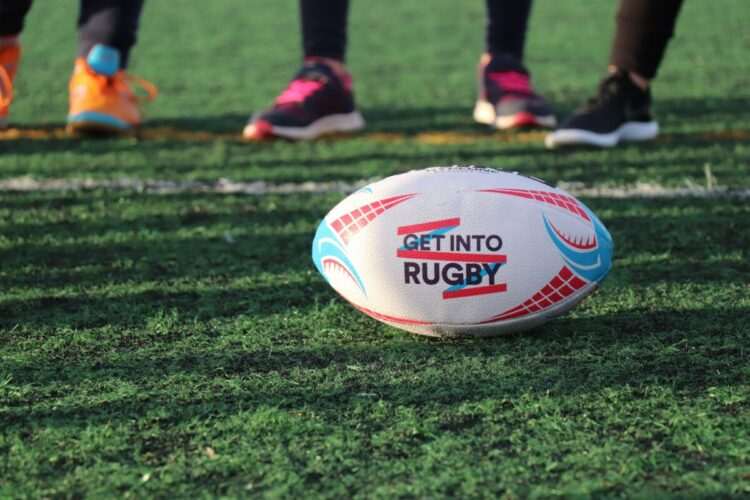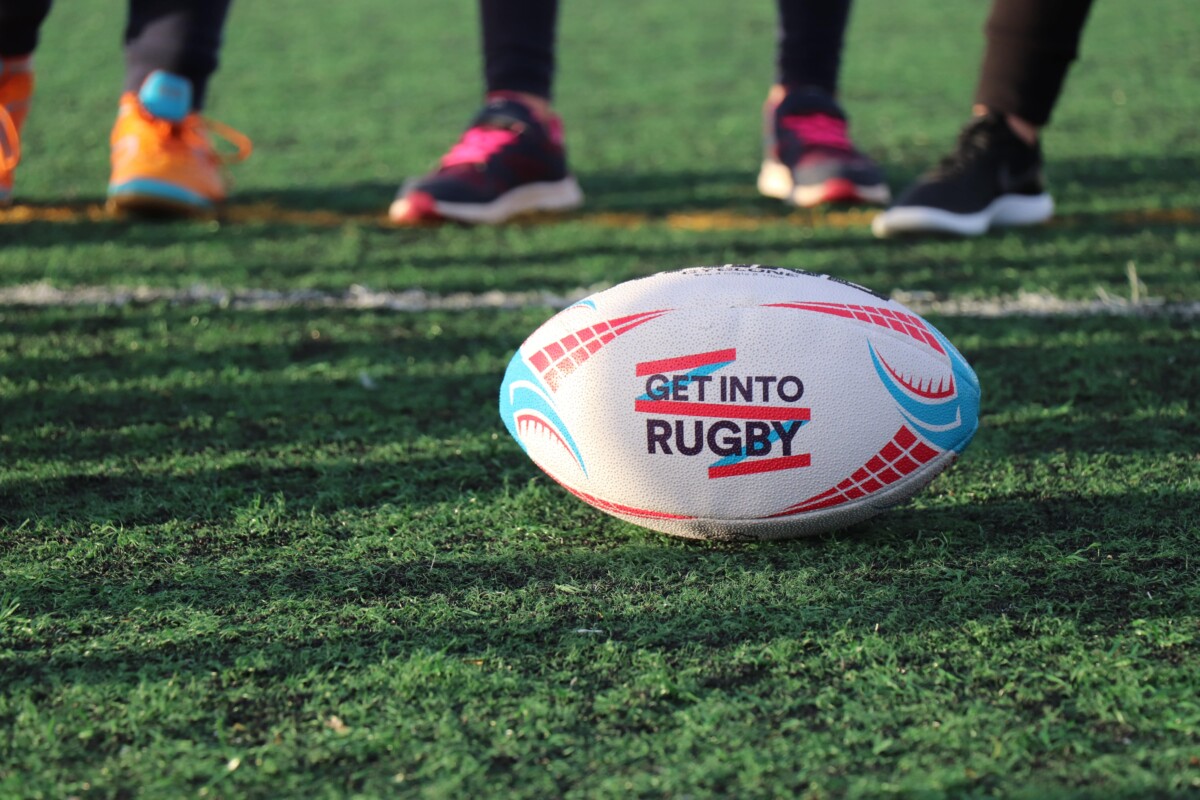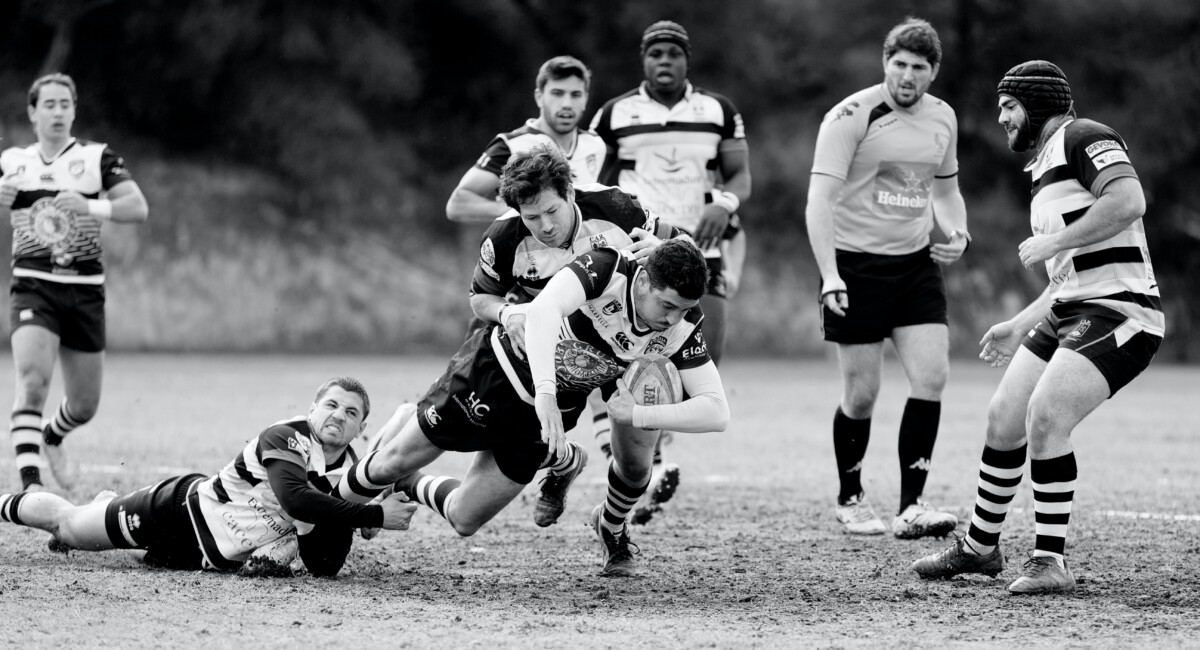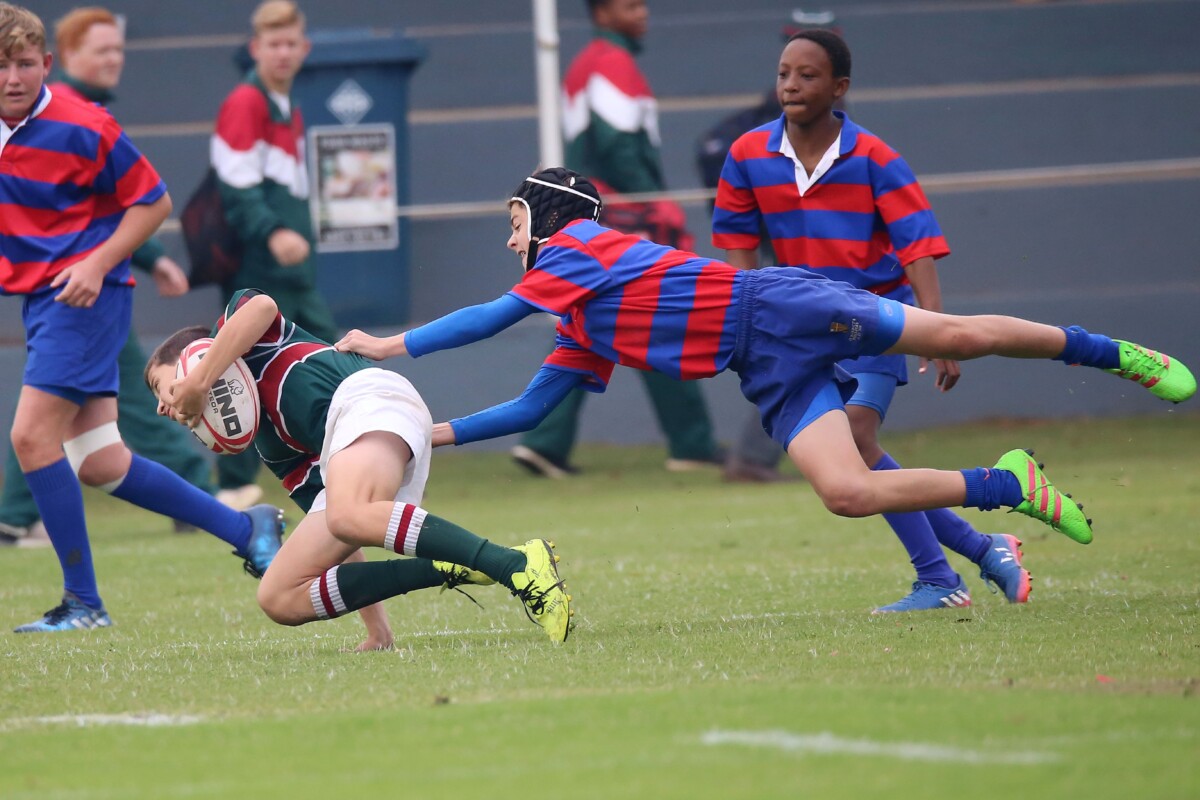Due to rugby being a continuous moving sport which involves many collisions, injuries can occur pretty much anywhere. Especially in areas such as the hands and wrists since they are used when tackling, rucking and mauling opponents.
Fractured/Dislocated thumb
One of the most common rugby injuries is a fractured or dislocated thumb. A dislocated thumb is fairly obvious to notice, as the thumb will look disfigured and will be very painful. However, a fractured thumb can sometimes go unnoticed especially if someone has had multiple injuries in rugby – as they may not notice the pain or symptoms as easily.
Symptoms of a fractured thumb include:
- Severe pain at the fracture site
- Swelling
- Limited or no ability to move the thumb
- Extreme tenderness
- Numbness or coldness in the thumb
If diagnosed with a fractured thumb it will take around 2-8 weeks to heal. Players are usually allowed to play on the field again after 3-6 weeks, although it will take 3-6 months for the thumb to be at its full strength again. It is common for a finger splint to be used as part of the treatment, or the thumb will be strapped to another finger to keep it straight. Antibiotics may also be injected to prevent any infection from happening. Although common, a fractured/dislocated thumb is not too serious of an injury as players do not have to wait too long to play back on the pitch. However, if this injury is repeated multiple times then it can begin to occur much more easily as the joints and bones become weakened.
Although it can sometimes be un-avoided within a sport so heavily focused on physical movement and collision. Thumb fractures and dislocations can be prevented by simply wearing gloves and taping. It is highly recommended to do this if you have previously had a thumb fracture or dislocation.
Wrist Sprain
Wrist sprains are common in rugby and often occur when a player is falling into the ground with an outstretched hand. This causes a sprain as the hand is taking all the impact of the fall. Usually, players will most likely be sprinting before the fall so the impact will be increased. A wrist sprain is sometimes hard to detect as the levels of pain can vary.
Symptoms of a sprained wrist include:
- Swelling
- Tenderness and warmth around the injury
- Feeling a popping or tearing in the wrist
- Bruising
- Loss of motion
- Weakness
- Pain
A wrist sprain can take 2-10 weeks to fully heal, depending on the level of pain and seriousness. Players can go back to the rugby pitch just after 1-2 weeks depending on the severity of the sprain. An effective treatment for a wrist sprain is to simply rest. It is recommended the affected wrist shouldn’t be used for at least 48 hours. In addition, ice and compression can be used to reduce any swelling.
The most common way that wrist sprains can be avoided in rugby is through wrist taping. You’ll often see professional rugby players wearing tape on their wrists as this is such a common injury.
Rugby Jersey Finger
Of course one of the most common injuries in the sport is rugby jersey finger, also known as jersey finger. This injury often occurs when one player grabs onto a second player’s jersey whilst they are still running away. The tendons in the finger are quickly opened as the other player runs away, causing them to then be pulled off the bone. The tendon can then retract or pull down the finger causing pain and a lack of movement in the hand. The seriousness of this can vary from being treated through simple home treatments to needing surgical attention.
Symptoms of rugby jersey finger include:
- Pain in the fingertip
- Inability to bend the finger normally, although it can still be forced into a bent position
- You may have felt a ‘snap’ at the time the injury occurred
- Tenderness on the pad of the finger
- Swelling and bruising may develop later in the fingertip
Unfortunately, since this injury is more serious, it can cause long-term effects. Recovery can take around 2-3 months but athletes are not allowed to return until 4-6 months after. Treatment depends on the classification of the injury. In some cases the tendons can grow back together on their own, however, in other cases they may be completely torn. Additionally, partial tears can also occur, these are treated through a splint and physical therapy. If a tendon is completely torn the only treatment is surgical repair.
To prevent rugby jersey finger it is important to firstly use proper techniques within rugby. Further protection against the injury includes wearing protective strapping or taping over the fingers.
Scapholunate Ligament Tear
Although this injury may not be widely known, the Scapholunate Ligament tear is highly common in rugby players. Much like a wrist sprain, the injury results in the player falling onto their hands. The tear then arises from the wrist being bent backwards or into an unusual position.
Symptoms of scapholunate ligament tear include:
- Pain and swelling at the wrist joint
- Pain aggravated by weight bearing, for example during a press-up
- Wrist instability and weakness
Because the body has to produce scar tissue to repair torn ligaments it can take 4-6 weeks to initially repair, but a full recovery can take up to 18 months. Rugby players can return to playing after 5 months to ensure that the ligaments have fully healed and won’t tear easily. Some scapholunate ligament tear treatments include a wrist splint or a cast. However, more serious cases do require surgery, this can lead to wrist stiffness but the overall wrist will be more stable.
This type of injury can be difficult to prevent. Understanding the proper techniques when playing rugby, along with adding tape around the wrists are the two best chances of preventing this injury.
Suffering from a rugby injury? Get in contact.




